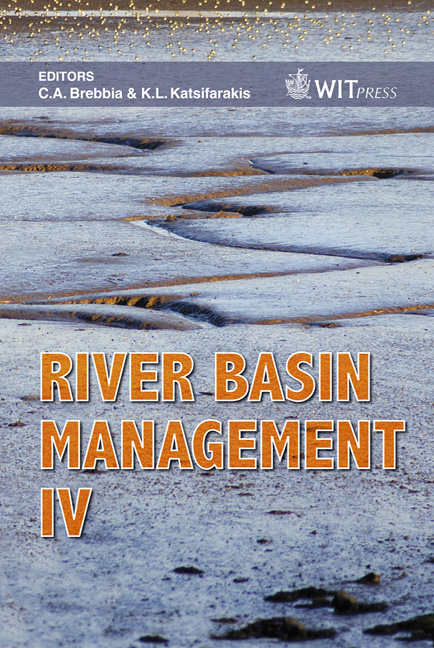Mutagen Formation Potential Of River Water And Removal Of Mutagen Precursor By Activated Carbon
Price
Free (open access)
Transaction
Volume
104
Pages
10
Published
2007
Size
347 kb
Paper DOI
10.2495/RM070491
Copyright
WIT Press
Author(s)
H. Takanashi, T. Nakajima, A. Ohki, S. Kokubu, M. Hirata & T. Hano
Abstract
The mutagen formation potential (MFP) was measured for the river water, the raw sewage and the effluent of the sewage works by means of the Ames Salmonella mutagenicity assay. MFP of the river water samples ranged from 1,200 to 22,000 net revertant colonies per liter of sample water. MFP of the effluent was from 5,300 to 22,000 net revertant colonies per liter. This survey showed that the removal percentages of dissolved organic carbon (DOC) at the sewage works were 62.0-79.3%. It also showed that MFP reductions at the same sewage works were 37.5-62.9%. There was no significant correlation observed between MFP and organic matter concentration for the river water samples. However, a weak correlation between ammonia nitrogen and MFP was observed for the same river water samples. These results indicate that MFP cannot be accurately estimated by use of the conventional water quality indices. When the samples contain a high concentration of ammonia nitrogen, it is difficult to control the amount of free chlorine dosages stoichiometrically, possibly resulting in the overdose of chlorine. An overdose of chlorine may cause further formation of mutagens. The isotherm of mutagen precursors adsorption onto the activated carbon (OL 20x50), which was purchased from Calgon Mitsubishi Chemical Corporation, was studied using river water in order to explore the means of removing mutagen precursors from raw water used for the water supply. The adsorption isotherm attained fit well into the Freundlich model. Keywords: Ames Salmonella assay, chlorination, mutagenicity, mutagen formation potential, river water, sewage, activated carbon, adsorption isotherm.
Keywords
Ames Salmonella assay, chlorination, mutagenicity, mutagen formation potential, river water, sewage, activated carbon, adsorption isotherm.





